Sightseeing Spots
Search Results305
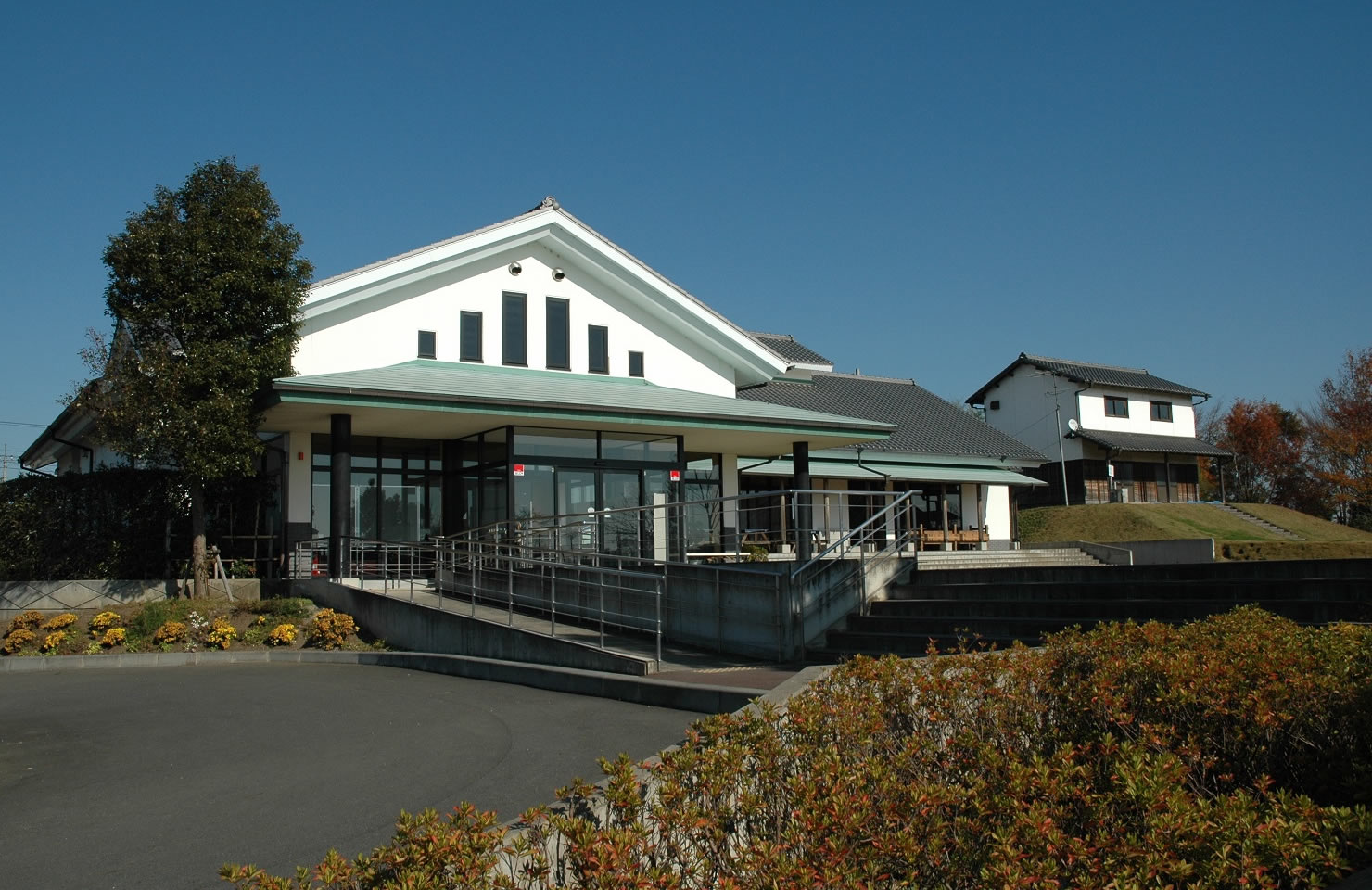
At this facility visitors can get a farming experience not obtainable in the city, such as rice growing and vegetable harvesting. Become the owner of your own rice field and plant and reap your own rice, or experience harvesting greenhouse strawberries. In the attached Kitagawabe History Museum, there are agricultural tools on display created from the wisdom and ingenuity of predecessors.
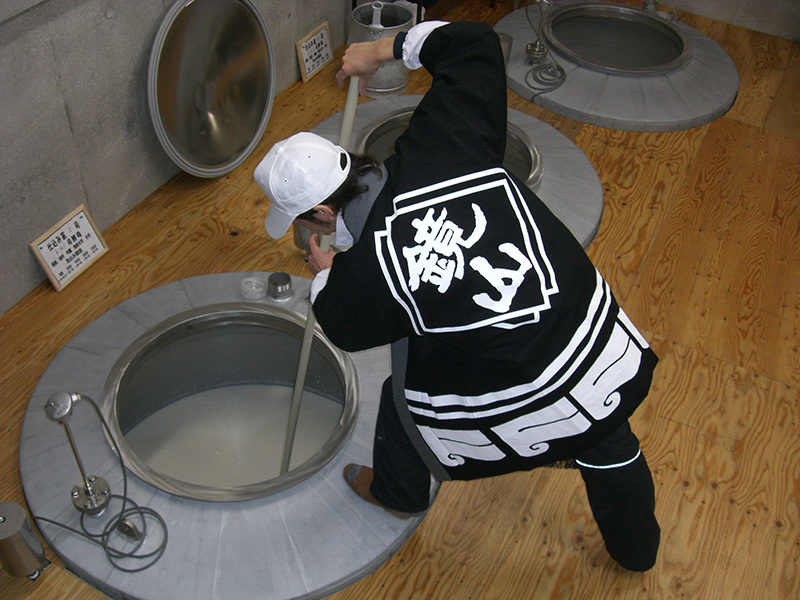
The only sake brewery at Kura no Machi, Kawagoe. Though the sake brewery cannot be toured, the adjoining Matsumoto Shōyu, established 200 years ago, can be toured free of charge. Please stop by for a visit! The sake brewery is only 1 minute by foot from the Toki no Kane, the center of Kawagoe’s tourist destination.
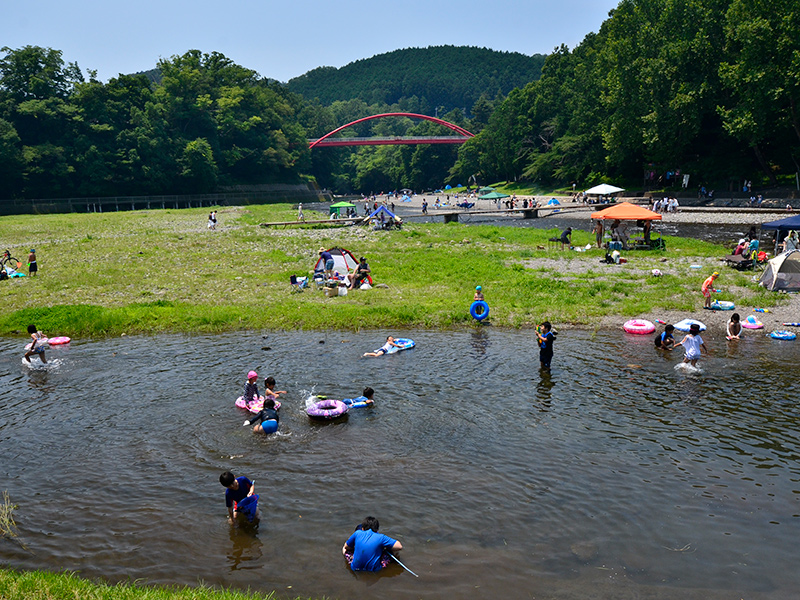
Just a close 15 minute walk from the station, this popular Hanno City tourist spot is filled with people in the summer. The contrast of the deep green trees with the red Wareiwa Bridge provides an ideal photo background, making this the perfect riverside spot for capturing fun summer memories. Rental BBQ equipment and ingredients are also readily available at nearby stores, so revelers can arrive empty-handed.
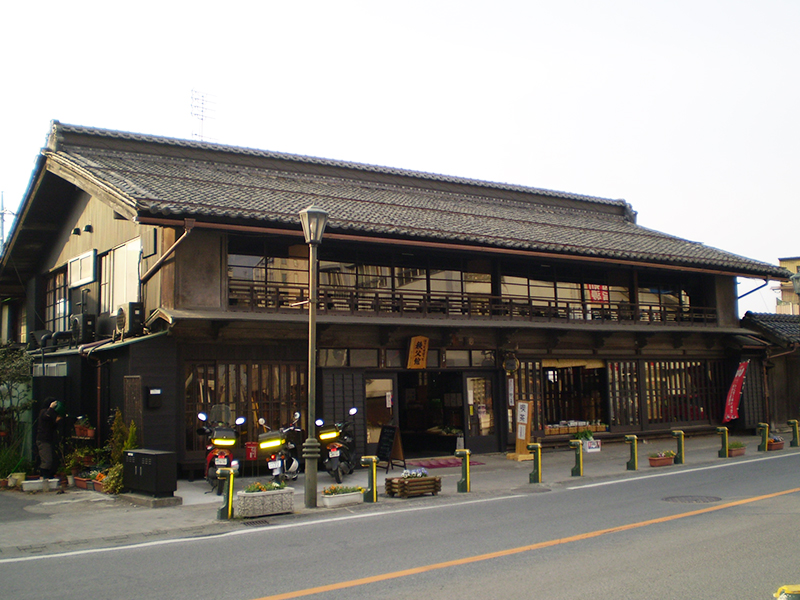
This facility is a center for socializing and tourism established in the early Meiji period merchant's inn, "Chichibu-Kan," which was renovated in a way to preserve its original appearance. The first floor is a free rest space with a large irori (sunken hearth) surrounded by rental boxes where citizens can display and sell their handicrafts and ceramics. Whether you're searching for tourist information or would like mingle with the locals, we hope you will visit Hot Spot Chichibu-Kan!
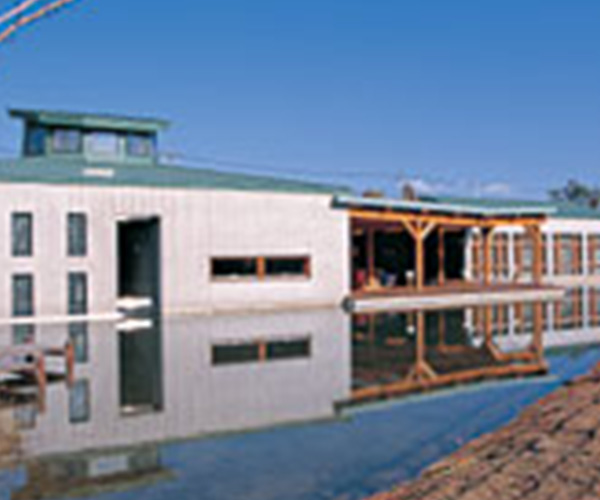
A museum based on the nature and culture of Namegawa Town and utilized as a center for gathering the latest information on these topics. Research efforts related to the artificial breeding and ecology of the Tokyo bitterling, a freshwater carp native to Japan and designated as a national treasure, are also being made to realize its reintroduction into the wild.
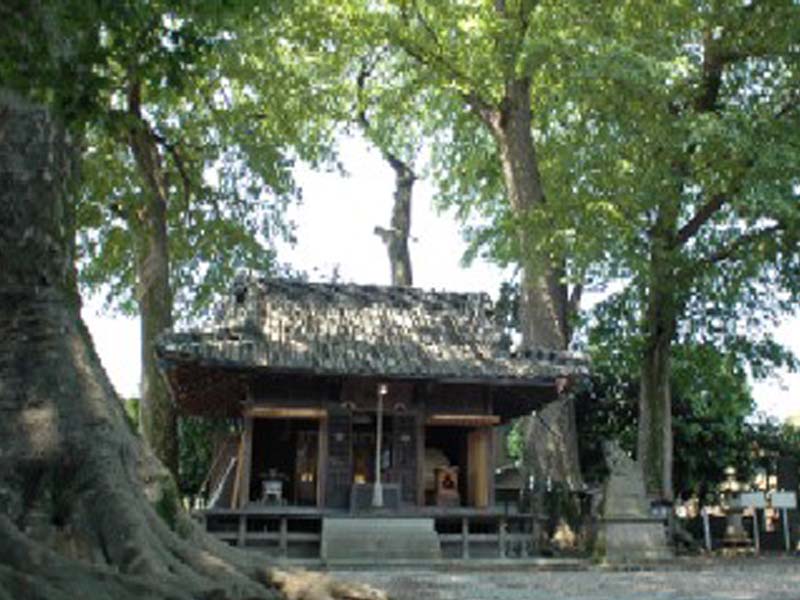
Enshrining Susanoo-no-Mikoto, the god of the sea and storms, this shrine is known to protect against evil and plague. Inside the shrine is a lion mask called the "Hirakata Lion" which is popular with locals. Every year in July, a mysterious festival is held called "Doroinkyo." This festival is designated as an intangible folk cultural asset by Saitama Prefecture. The giant zelkova tree and enoki mushrooms within the precincts are designated as natural monuments by Ageo City.
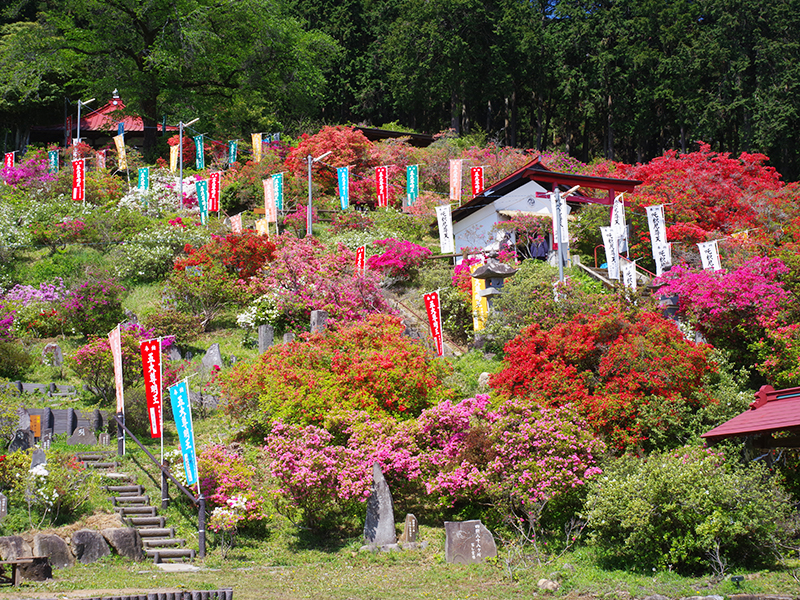
Ancient trees, said to have been planted more than 350 years ago, line either side of the stone steps of Godaison, where the five statues of Myo-o, the gods of wisdom, are enshrined. The adjacent Azalea park is one of the best Azalea viewing spots in the Kanto region, with about 10,000 azalea plants in bloom.
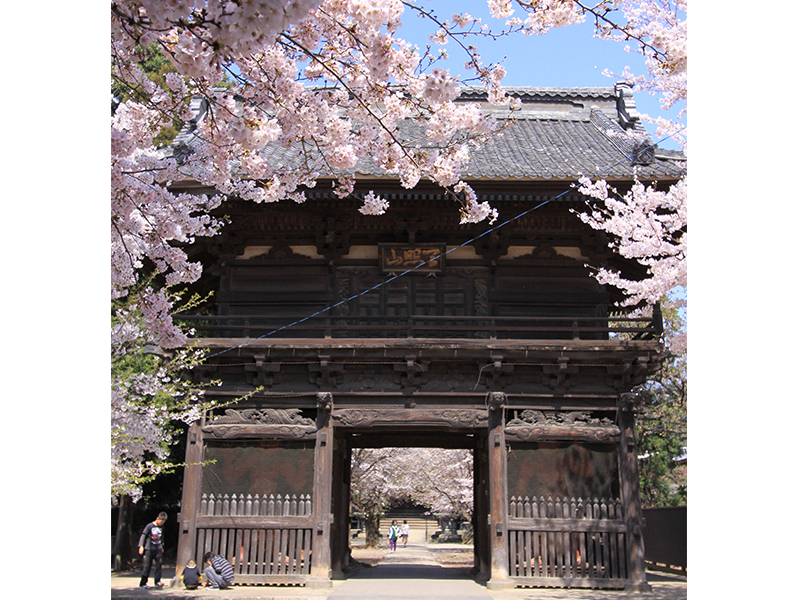
The temple was rebuilt by Seigon Shonin at the end of the 16th century and became one of eighteen monk training schools for the Jodo sect. As a temple associated with the Tokugawa Shogunate, the use of the "three-leaf hollyhock crest" was permitted. There are many cultural assets on the temple grounds that tell the ancient history in the present day. They hold the "Ten Nights Memorial Service," one of the three major memorial services in Kanto, every year on November 14, and the "Doll Memorial Service," unique to this town which is known for its hina dolls.
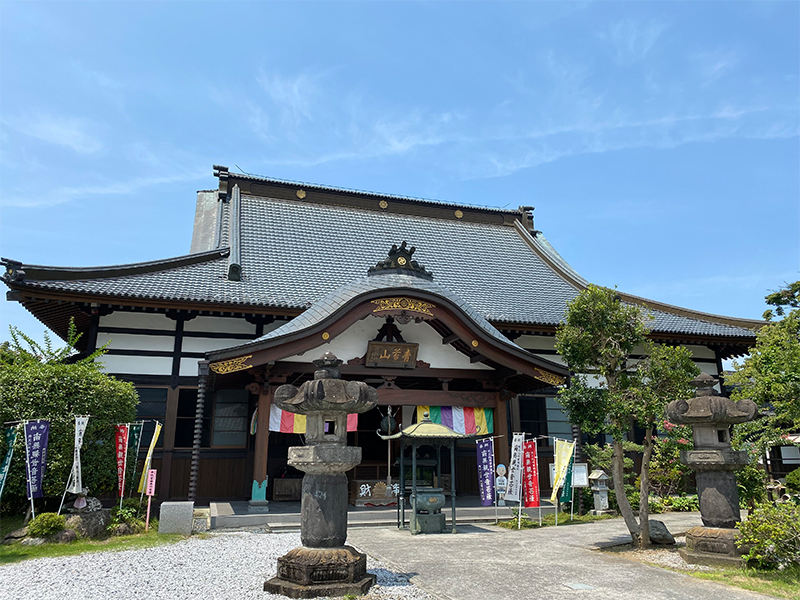
Mt. Seitai Hōchōji Temple, the seventh sacred site and temple, is called Ushibusedo, and the main deity is the eleven-faced Kannon. The eleven-faced Kannon was originally located at Ushibuse in the third ward of Negoya. Due to a disaster in 1782, it was moved to the main hall of Hōchōji Temple, where it has been enshrined ever since. Hōchōji temple is called "Fudasho No.7," also "Mt. Seitai," and it follows the Sōtō school of Buddhism. The temple was founded by Ryodo Kansei, who passed away in 1606. The founder of the Buddhist sect here was Shigekata Uchida, the second generation head of the Uchida family, and the Uchida family is said to be of the Fujita lineage, after adopting Hōjō Ujikuni as a son-in-law.
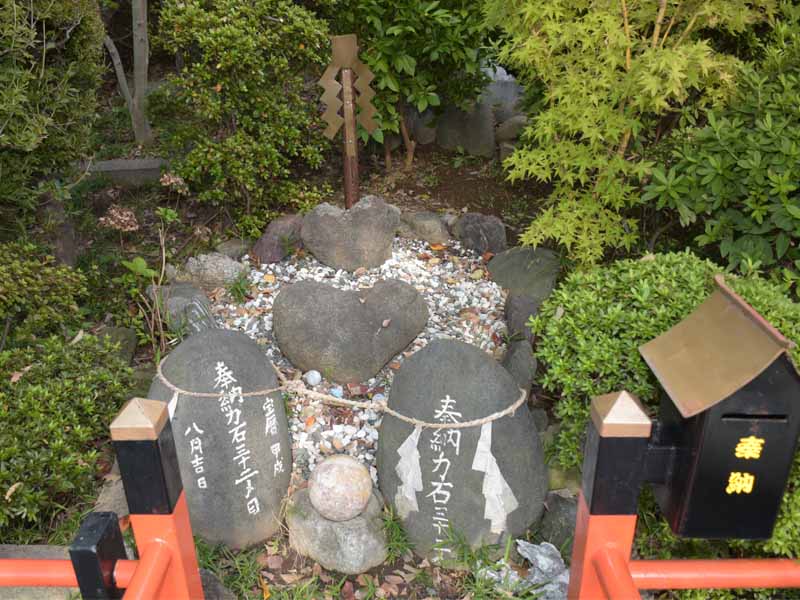
The date of its establishment is unknown, but it is said to have been built either in the Meiō period (1492-1501) or in the first year of Jokyo (1684). It is said that when a Buddhist priest named Genkai visited the Fushimi Inari, he built a sutra mound with 10,000 Lotus Sutras buried inside. In the precincts, you can also find a shrine dedicated to Shingoro Takahashi and his wife Ise, who developed Warabi's textile industry, and a heart-shaped stone known to grant visitors success in their pursuit of love.

At this park on the Kanto Friendship Trail (Kanto Fureai no Michi), the blooming flowers around the Shimokubo Dam (Lake Kanna), visible from below on the north side, are the delight of many tourists from spring to autumn. In addition, around 600 rare winter cherry trees blooming in the park from late October to early December create a very special atmosphere. There are also campsites, restaurants, souvenir shops, BBQ areas, observation decks, and more. It's the perfect place to enjoy a day of fun with the family!
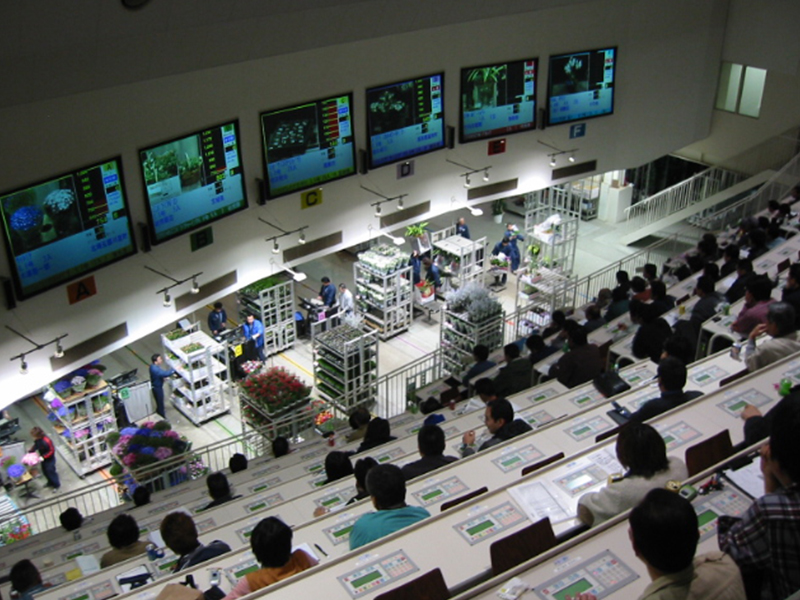
This is one of the largest flower markets in eastern Japan. There is a guided course through the market facility, allowing visitors to easily observe the auction (Monday/Wednesday/Friday). There is also a restaurant inside the facility.
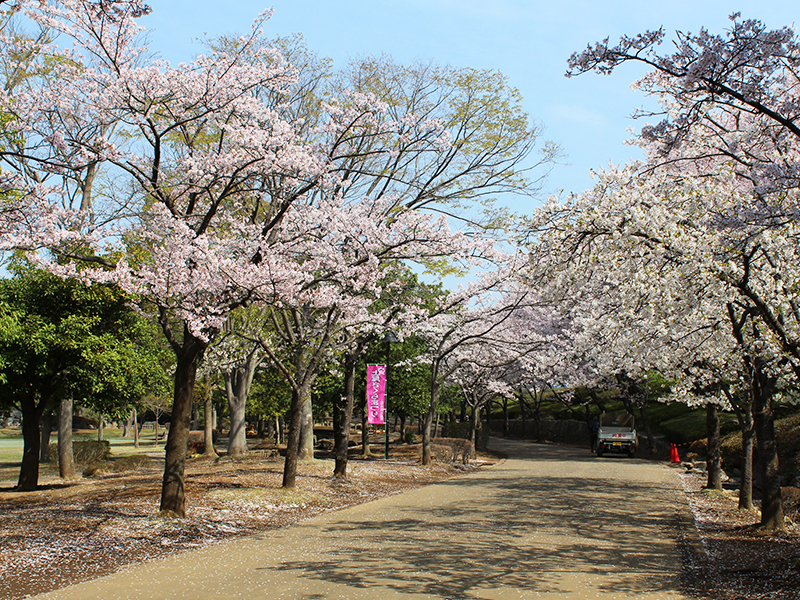
Ageo Maruyama Park was opened in 1978 with the theme "a harmony of greenery and water." It has a small animal corner, a children's amusement park, a barbecue area, a nature learning center, and a large pond, making it a popular place to visit.
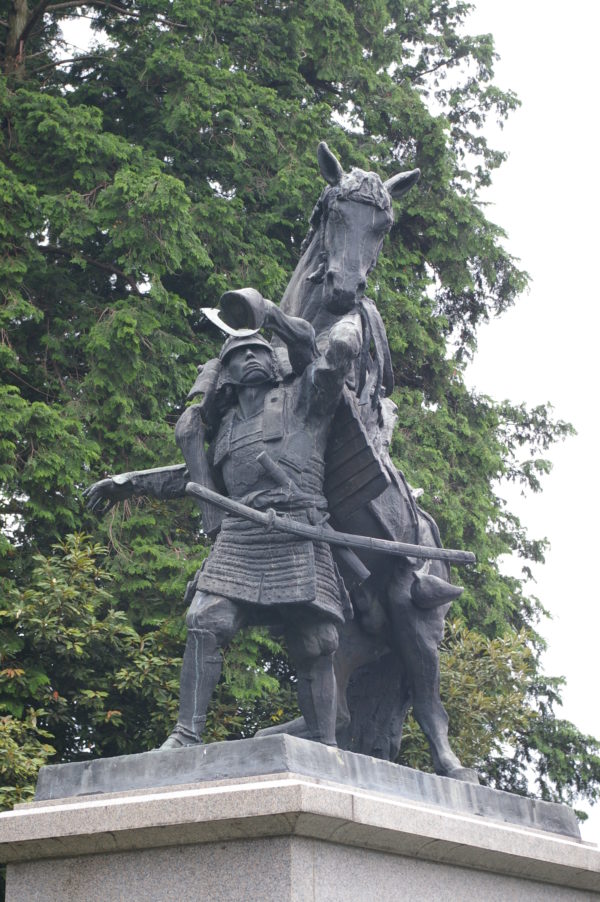
This is the site of Hatakeyama Shigetada's mansion, which is maintained as a park. In the park there is a five-story pagoda, said to be the grave of Shigetada and his vassals, a well said to be where Shigetada had his first bath after birth, and a bronze statue of Shigetada himself.
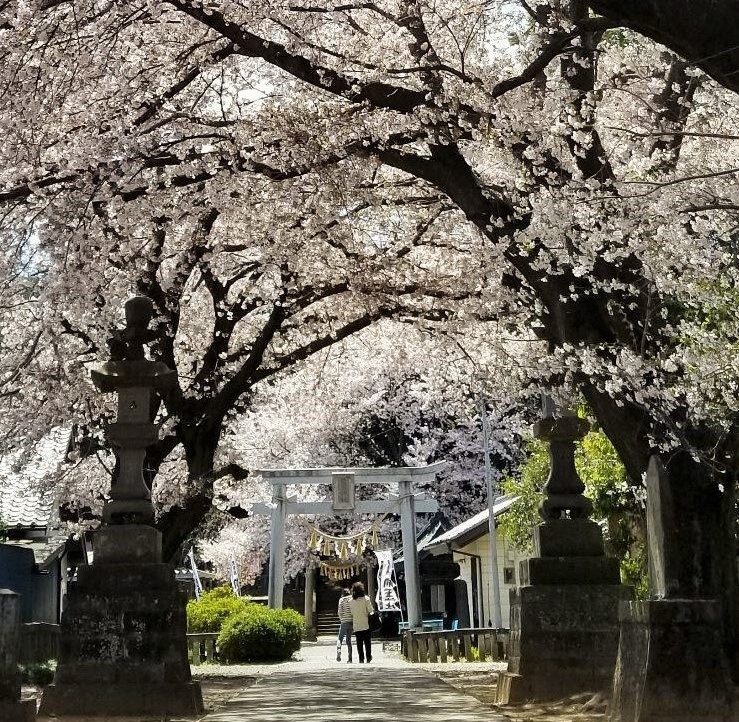
Sakitama Shrine is an ancient shrine with a majestic and calm atmosphere which holds a history of a thousand and a few hundred years, and is the origin of Saitama Prefecture's name. The main building of the shrine has a height of 8.7 meters, a circumference of about 92 meters, and is built on top of a megalith tomb (kofun) called Sengenzuka, connected to the Saitama Kofun Group. The deity has two pillars: Sakitamahime-no-mikoto and Sakitamahiko-no-mikoto, gods that protect individuals and bring good fortune and success in matrimony. Recently, a popular limited edition go-shuin (seal stamp) with a motif of the 4 cats that reside in the shrine is available (every month on the 22nd including a few days before and after).
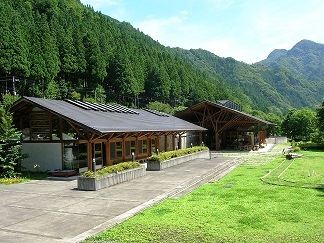
The Saitama Forest Science Museum is a place where visitors can learn about both forests and forestry and deepen their understanding of the roles of forests and forestry. The Museum was built by Saitama Prefecture to encourage and support the local forestry industry.
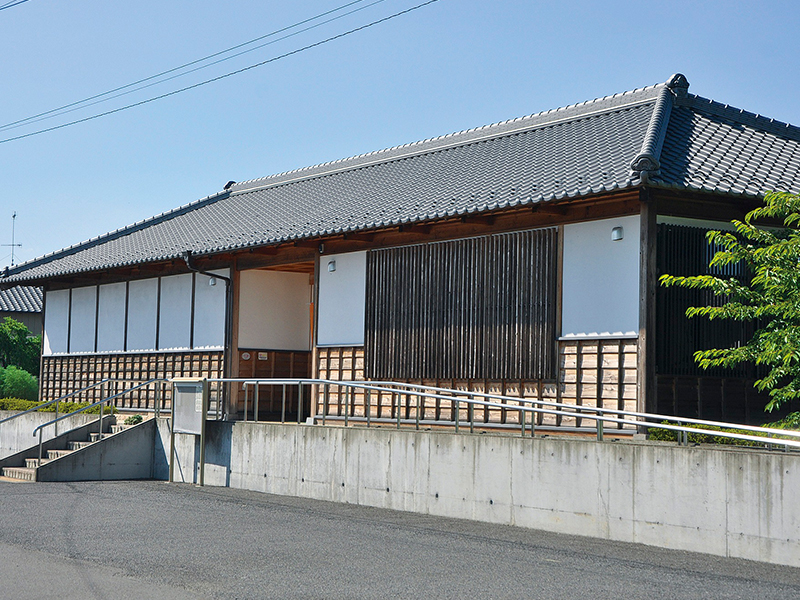
The Kumagaya Municipal Ogino Ginko Museum is dedicated to Ogino Ginko, the first officially licensed female doctor in Japan who passed the medical practice examination in 1885, one of the three great historical figures of Saitama Prefecture. The museum is a Japanese-style building with tiled roof and plastered walls partly covered in wooden siding built to resemble the Nagaya-mon gate of Ginko Ogino's birthplace, and is divided into an exhibition room and a lounge area.
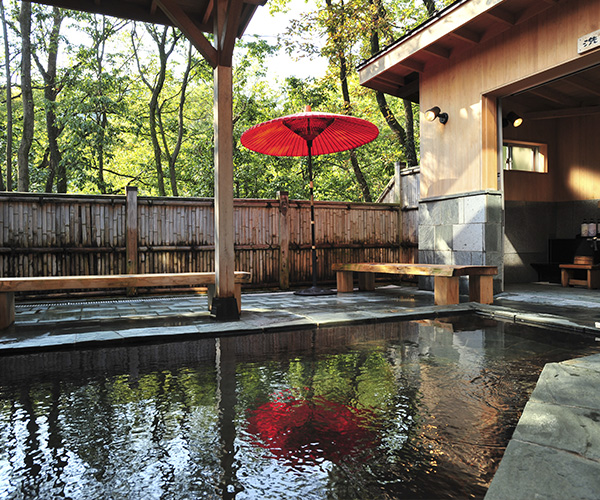
This day trip hot spring facility was built in a relocated old private house. Located near the Tokigawa River, guests using the footbath on the Japanese-style terrace (engawa) are treated to the sounds of the calming babbling brook. There is also a nearby BBQ area you can visit with no preparation. After BBQ, you can relax and recharge in the hot spring.
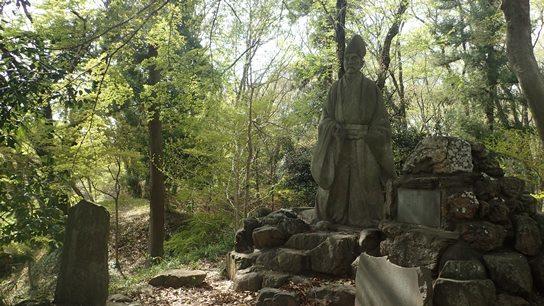
Our building is located on the historical site of the Kamakura period samurai palace “Sugaya-yakata” which transitioned to the castle “Sugaya-jō" during the Sengoku period. Opened in April of 1976 as the Saitama Prefectural Historical Data Museum, the museum was later relaunched on April 1st, 2006 for reorganization and maintenance of the prefectural museum facility. Focus was given to the collection, storage, and conducting of research on archaeological materials related to the Sugaya-yakata sites and medieval historical sites such as medieval castle buildings, and to utilize these materials for the development of education, learning, and culture. At that time, the name of the museum was changed to its current name. (For more information regarding the facility, please refer to the URL below.)
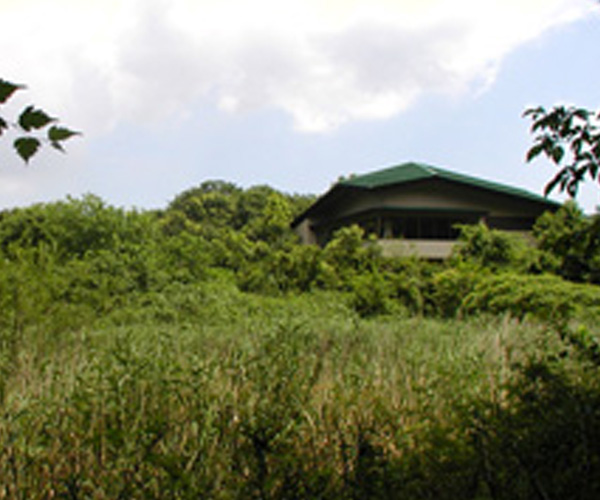
Located in the Kitamoto Nature Observation Park, this facility serves as a base for Saitama Prefecture’s nature learning and environmental education. Various events related to observation and nature experiences are hosted on primarily Saturdays, Sundays, and holidays. Inside the building, there are exhibits about nature and environmental issues and an information center filled with books related to nature. Staff are also stationed to provide information regarding nature within the park. There is a section on our website named “Park Journal,” where you can get daily updates on opening hours and events.
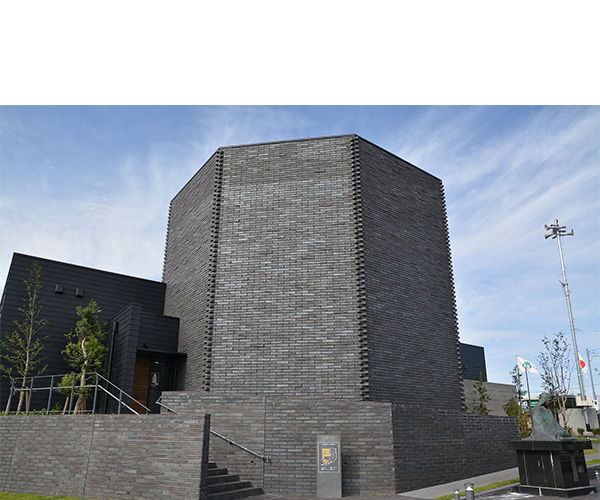
The Hanawa Hokiichi Memorial Museum commemorates Hanawa Hokiichi, a blind scholar of Japanese studies (kokugaku) in the mid-Edo period. Apart from the famous collective title Gunsho Ruijyū and its raw lumber, there are approximately 200 archives on display inside the building. You can see a hand-stitched purse from his mother, a treasured possession he held dear throughout his life, and many other personal articles. The exhibition room also has a section for videos and audio tours.
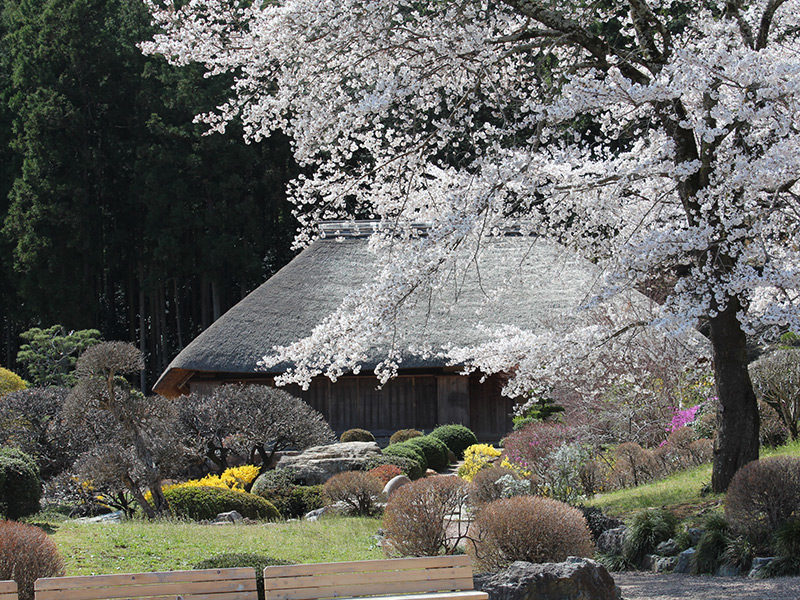
In addition to Japanese papermaking and seasonal experiences and workshops related to the Japanese paper, there's soba and udon handmaking experiences, and Japanese paper specialty goods and agricultural products available for purchase. The food court is chock-full of local village cuisine such as salted grilled artic char and oyaki. There's also a thatched-roof paper-making house inside the Japanese garden, where visitors can enjoy a relaxing space straight out of the Edo period.
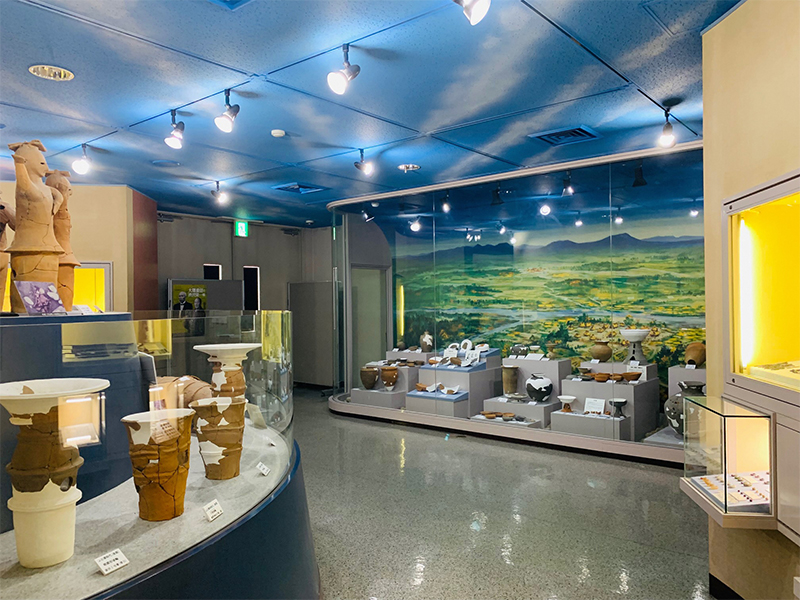
Here you can see the only castanet-playing haniwa (clay figurine) and dancing female haniwa (clay figurine) ever found in Japan! In addition to the many earthenware and stone tools on display, you'll get an introduction to the life of Kiku Nishizaki, the first Japanese female seaplane pilot and great historical figure of Kamisato, who was the model for the heroine of an NHK TV series.
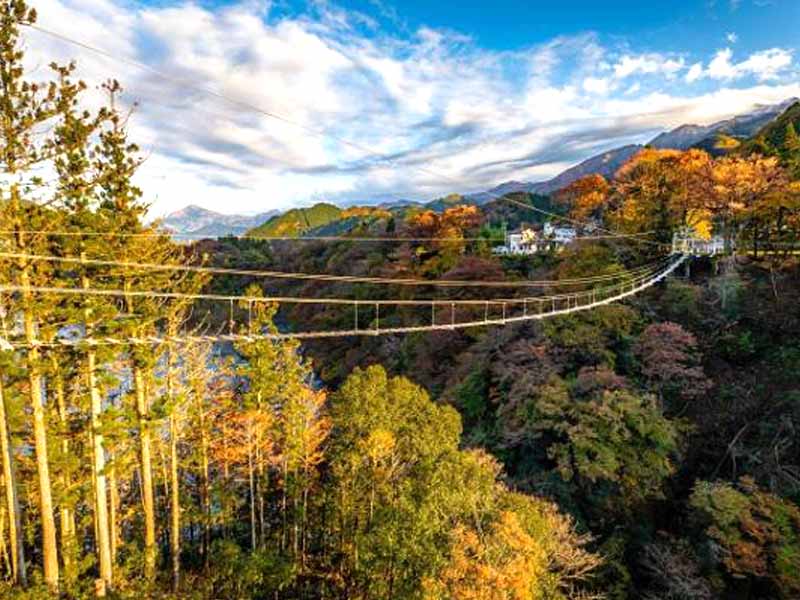
You can enjoy a variety of gravity-based activities from suspension bridges built on the banks of the Arakawa River using the piers of the former Shirakawa Bridge. Wear a harness and walk on the suspension bridge, cross the Arakawa Valley while connected to a cable, or swing over the valley on a trapeze! You can even bungee jump! Enjoy the great outdoors of the Arakawa Valley while taking part in many thrilling activities!
This site uses cookies to improve the user experience. If you continue to browse, you consent to the use of cookies on this site. Accept
